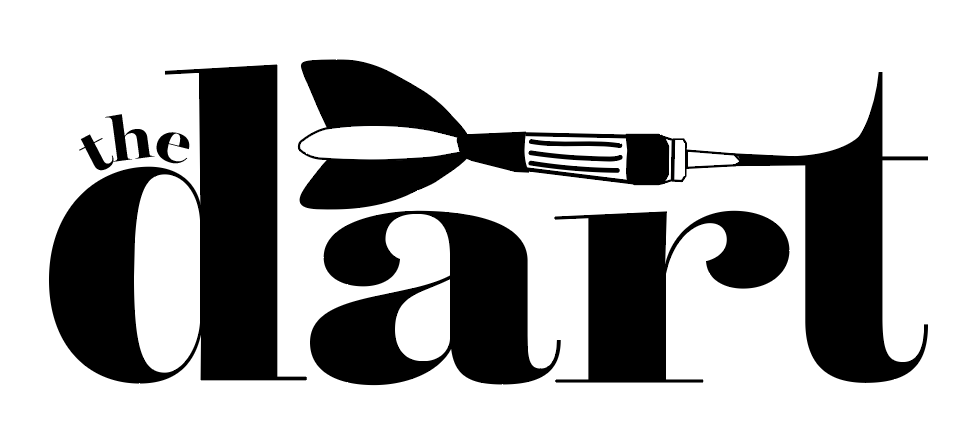Animation: A Lost Art Form
Animation is often written-off as a form of entertainment that can only be enjoyed by children; however, the art of creating an animated film is so intricate that it has the capacity to be valued by people of all ages and genders.
December 9, 2022
The pitter-patter of raindrops on a nearby window sets the scene for a cozy day in. It’s March 2020 and I’m sitting at a makeshift desk, trying to pay attention to my teacher virtually explaining the transmission of electrons but my mind is stuck on the small clock next to my red hydro flask. Tick. Tick. Tick. I’m counting down the minutes until I can click the square-shaped leave meeting button on the bottom of my computer screen. Quarantine and virtual learning drastically increased the amount of time I spent thinking about cliché existential topics that lead to not-so cliché crises over my life’s purpose. The inside cover description of my COVID-19 quarantine reads like an angsty 90s drama: the confused teen struggling to figure out who she is. I spent frantic hours searching for the right college and perfect major to pursue. I became obsessed with leaving behind some kind of legacy. After the clock stuck at 3:15 pm, I was finally released from the virtual prison that was online school. I moved from my designated “school-central” part of the house to my “afterschool” place of work: my living room. I scrolled through my phone, searching for a way to spend my time. I eventually shuffled into the kitchen with an agenda. I would make myself a hot cup of coffee, grab a handful of trail mix, and become consumed by a brain-numbing movie. The result of this attempt at a mindless nightin was a newfound passion for all things animated. I had never been a Tim Burton fan—the direct result of a premature viewing of Coraline, which evoked fear of the dark aesthetic found in many of the filmmaker’s Claymations. My fear, however, vanished after I watched “The Corpse Bride.” It was decidedly the most beautiful film I had seen. I was obsessed with the subtle visual elements: the simple butterfly connecting the opening and closing scenes and the gorgeous detail in Emily’s fraying wedding dress. I was consumed with artistic envy for the people behind the animation and storyline of the film. From that moment onward, I was determined to create something of my own, loving the idea that my words or characters could influence someone in the same way my favorite animated films have. The legacy of animated films has been one of futile importance: many filmmakers regard it as a form of media only enjoyed by children. In the aftermath of the 2022 Oscars, presenters Halle Bailey, Lily James and Naomi Scott—who each starred in live-action remakes of formerly animated Disney films—lit a spark in the debate over whether or not animation should be considered an art form. The presenters, reading off a script written for them by the Academy, claimed that animation was a “formative experience for kids.” Winner of the Best Animated Short, Alberto Mielgo, responded to this comment in his acceptance speech,declaring that “animation is an art that includes every single kind of art you can imagine.” Art, according to Arena Animation, is a human activity that involves creative or imaginative talent to express beauty, emotions, or ideas. It does not need to be what we have been taught to consider fine arts: sculpture, paintings and literature. Art is meant to make you feel something, to move your soul in a way that sparks intrigue or desire. Animation combines various forms of traditional art to create something that can be cherished by those of all ages and genders.




